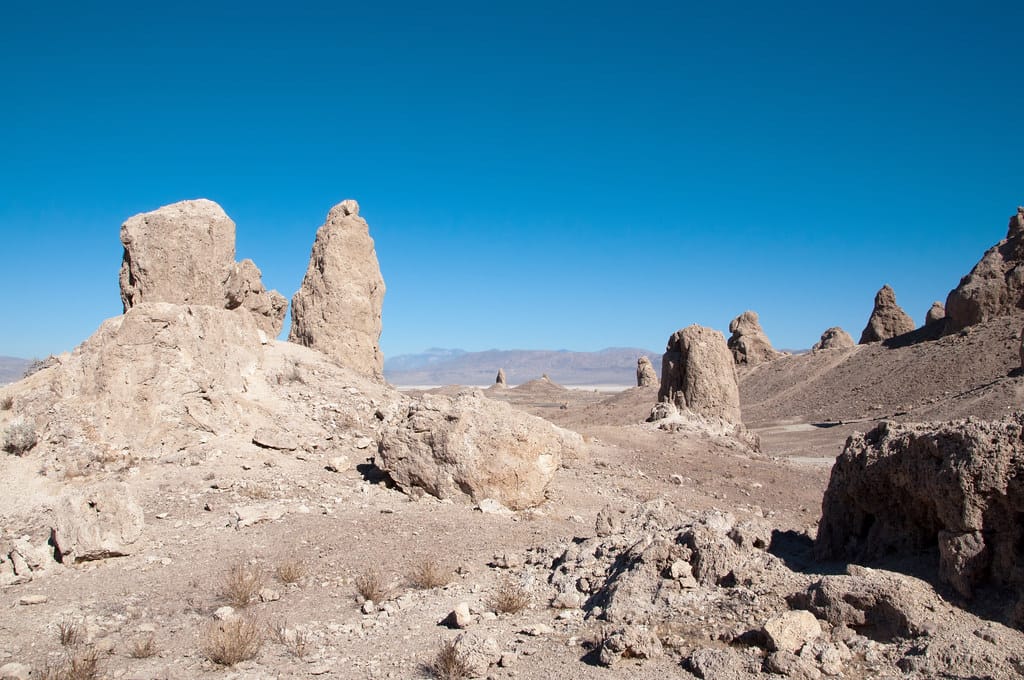Ancient Space Rock Beyond Pluto Reveals Earth's Catastrophic Past
A remarkable discovery in the outer reaches of our solar system has provided scientists with unprecedented evidence of a massive catastrophic event that reshaped Earth's history 466 million years ago. Researchers studying a peculiar object beyond Pluto's orbit have uncovered what they're calling a "fossil from space" – remnants that tell the story of one of the most significant cosmic collisions in our planet's recent geological past.
A Cosmic Time Capsule in the Kuiper Belt
The object in question, designated as a rare type of meteorite fragment, was identified through spectroscopic analysis by an international team of astronomers studying the Kuiper Belt. This region, home to Pluto and countless other icy bodies, has long served as a repository for materials dating back to the solar system's formation.
What makes this discovery extraordinary isn't just its location, but what it represents: direct evidence of the massive asteroid breakup that occurred in the asteroid belt between Mars and Jupiter during the Middle Ordovician period. This event, known as the L-chondrite parent body breakup, sent debris cascading throughout the solar system, fundamentally altering Earth's environment and potentially triggering one of the planet's major ice ages.
The 400-Million-Year-Old Catastrophe
Scientists have long theorized about this ancient cosmic disaster based on evidence found in Earth's geological record. Limestone formations from the Ordovician period contain unusually high concentrations of extraterrestrial materials, suggesting a massive influx of space debris during this time. However, finding direct evidence of the source material in space itself has remained elusive – until now.
The newly analyzed object contains mineral compositions and isotopic signatures that match perfectly with L-chondrite meteorites found on Earth from this period. More significantly, its trajectory and orbital characteristics suggest it was ejected from the asteroid belt with tremendous force, eventually making its way to the outer solar system where it has remained largely unchanged for hundreds of millions of years.
Impact on Ancient Earth
The implications of this discovery extend far beyond astronomy. The L-chondrite breakup event coincided with dramatic changes in Earth's climate and biodiversity. During the Middle Ordovician, our planet experienced:
- A significant increase in meteorite bombardment, with impact rates potentially 100 times higher than normal
- The onset of a major ice age that lasted several million years
- Dramatic shifts in marine ecosystems, affecting the evolution of early life forms
- Changes in atmospheric composition due to increased dust and debris
Dr. Marina Kaufmann, lead researcher on the international team, explains: "This space fossil provides us with a direct link to one of the most dramatic events in Earth's recent geological history. It's like finding a piece of the murder weapon at a 400-million-year-old crime scene."
Revolutionary Research Methods
The discovery was made possible through advanced spectroscopic techniques that can analyze the chemical composition of distant objects without physically retrieving samples. By studying how light reflects off the object's surface, researchers can identify specific minerals and compare them to known meteorite samples in Earth-based collections.
This methodology represents a significant advancement in space archaeology – the study of ancient events through surviving cosmic debris. As telescope technology continues to improve, scientists expect to identify more of these "space fossils" that can provide insights into the solar system's violent past.
Looking Forward: Implications for Planetary Defense
Beyond its historical significance, this discovery has practical implications for modern planetary defense efforts. Understanding how ancient asteroid breakups distributed debris throughout the solar system helps scientists better model current asteroid risks and develop more effective early warning systems.
The research also demonstrates that major cosmic events can have far-reaching consequences that persist for hundreds of millions of years, reshaping not just the immediate vicinity of the collision but the entire solar system.
A Window Into Deep Time
This remarkable find beyond Pluto serves as a powerful reminder that space preserves evidence of events that shaped our planet's history long before complex life emerged. As we continue to explore the outer reaches of our solar system, each discovery adds another piece to the puzzle of Earth's dramatic past and helps us better understand the cosmic forces that continue to influence our world today.
The ancient space fossil stands as testament to the interconnected nature of our solar system – proof that even the most distant objects can tell the story of our planet's most transformative moments.
